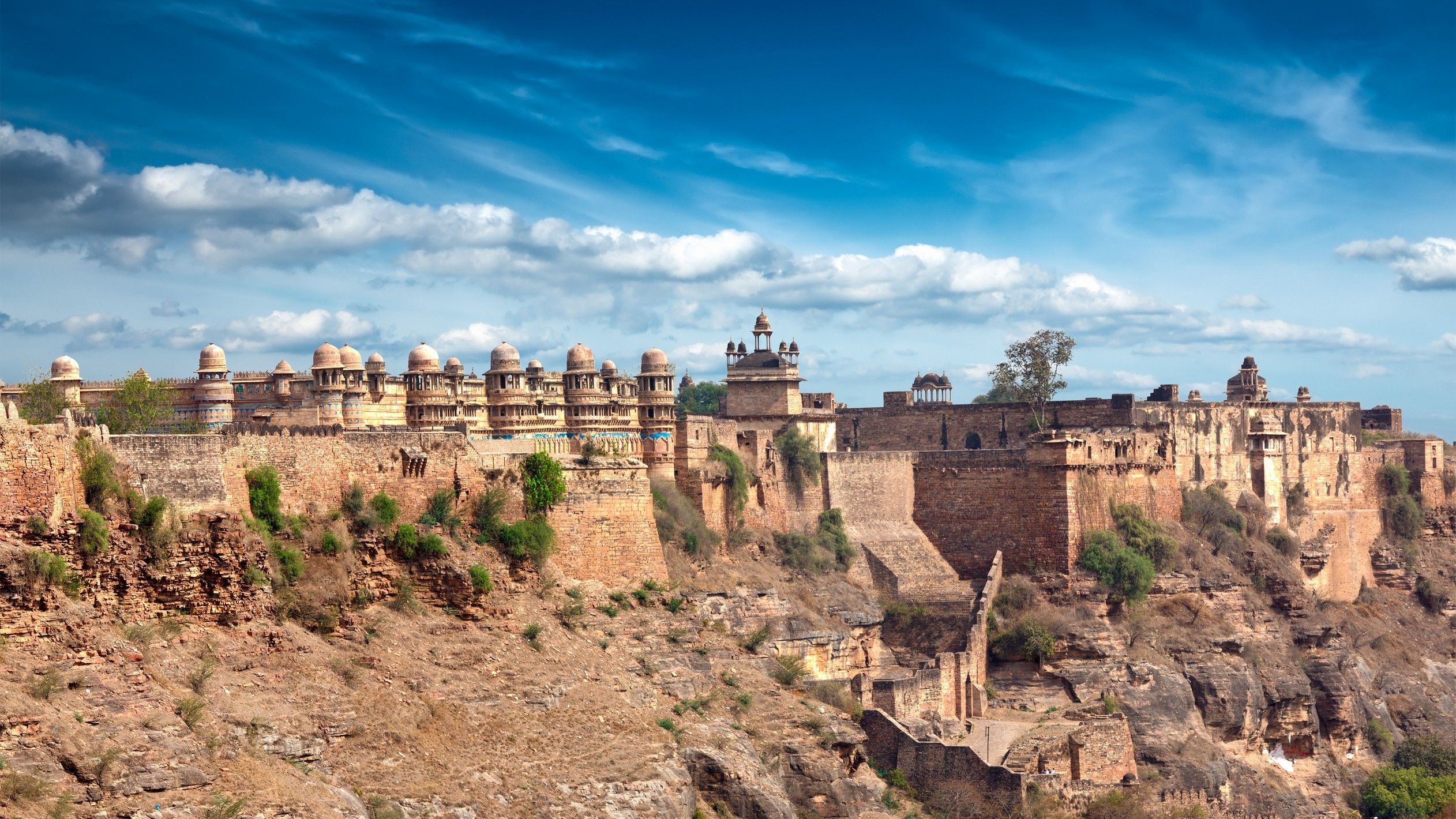
steiners-incredible-india-2024
vakantio.de/steiners-incredible-india-2024
BLOG 11: Bhopal City & ANDRITZ Hydro
Wotae: 09.03.2024
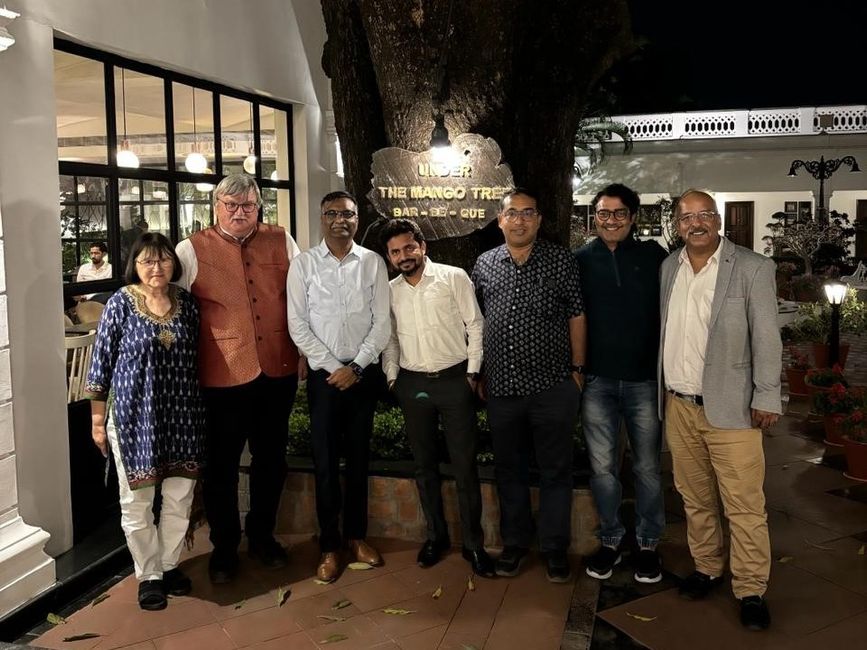
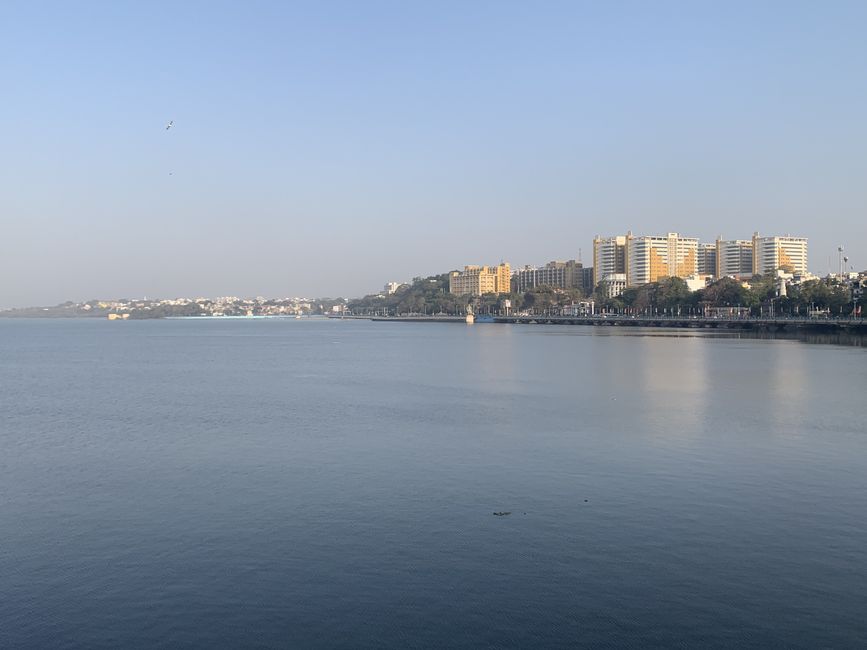

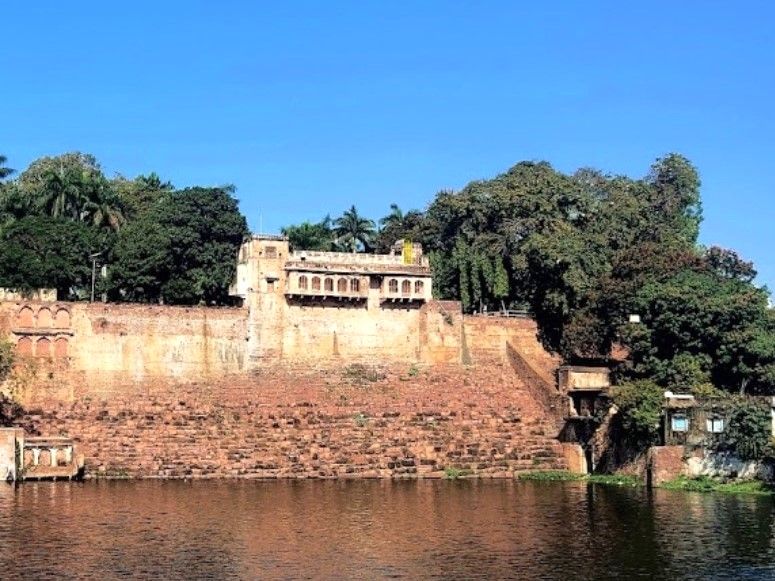
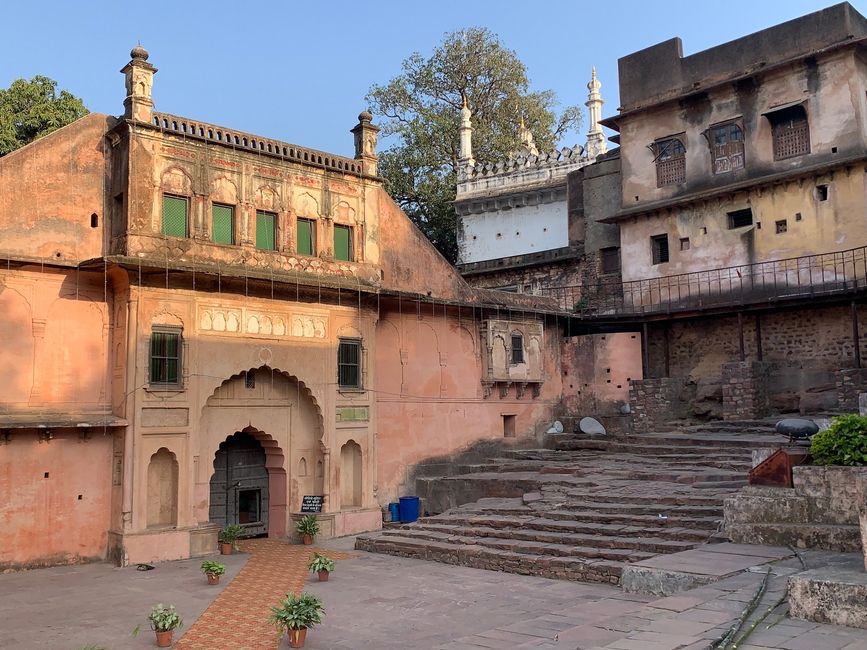
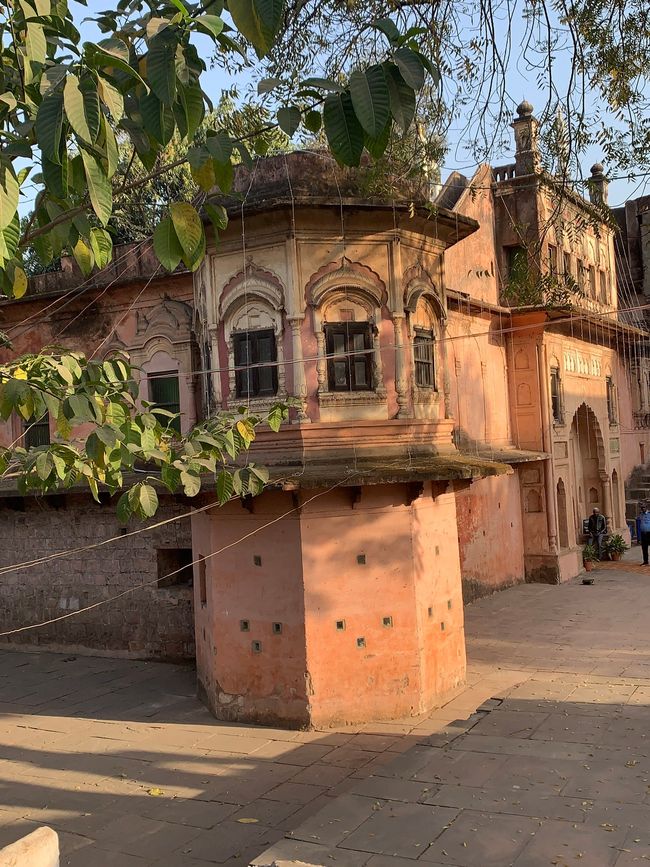
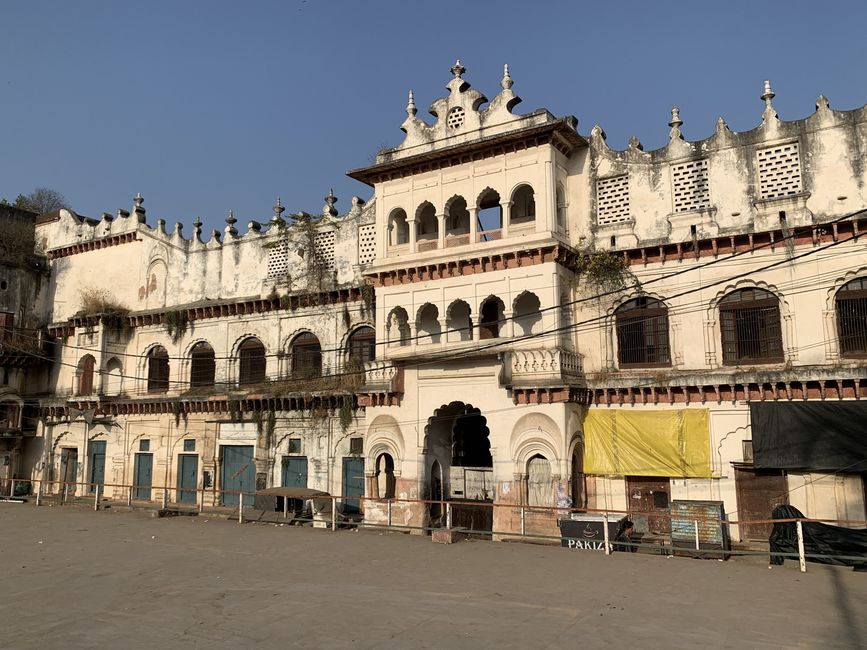
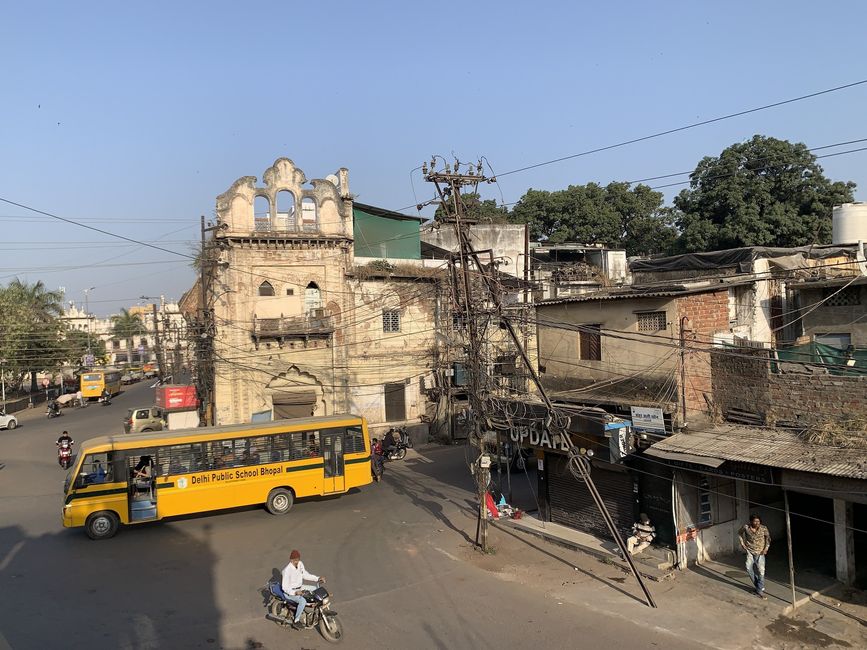
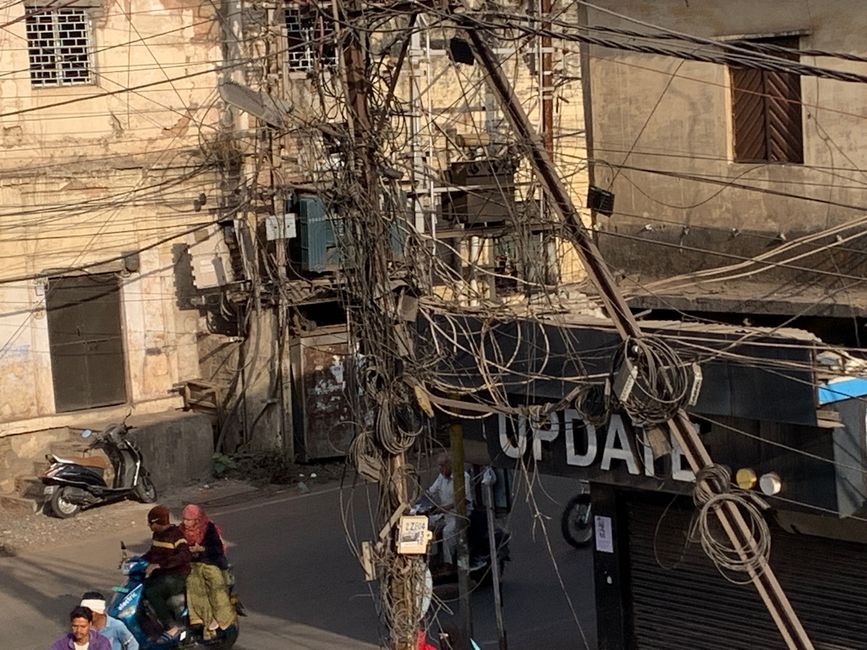
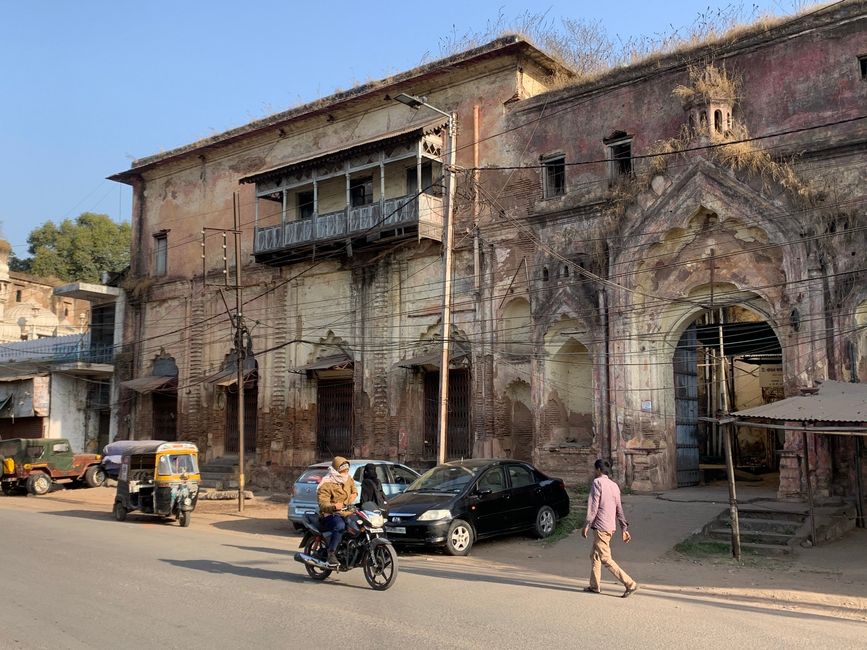
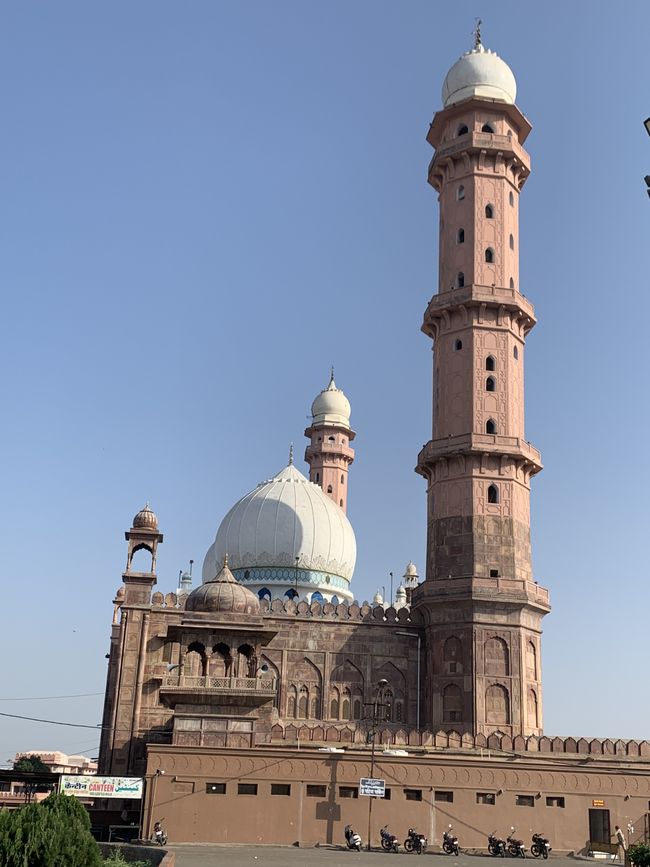
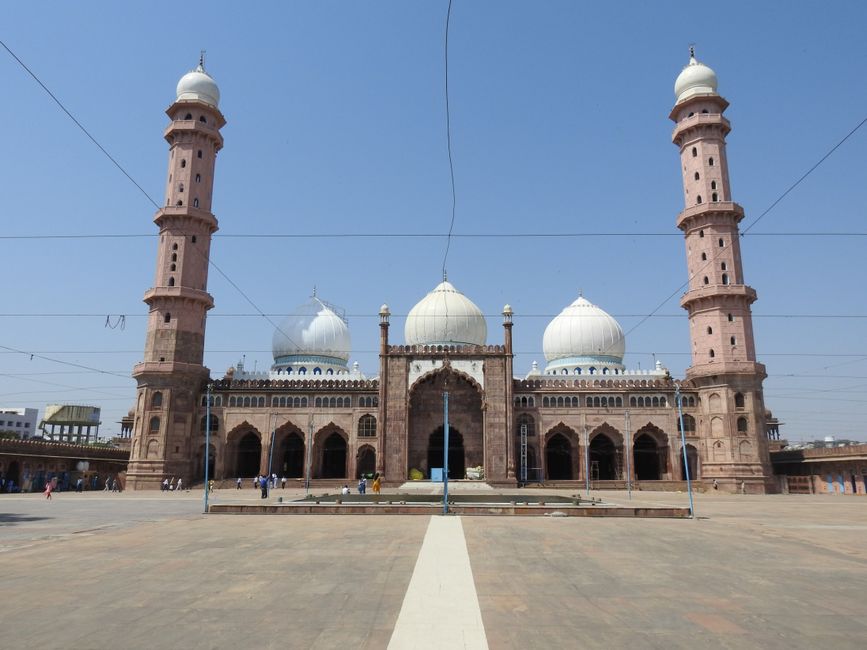
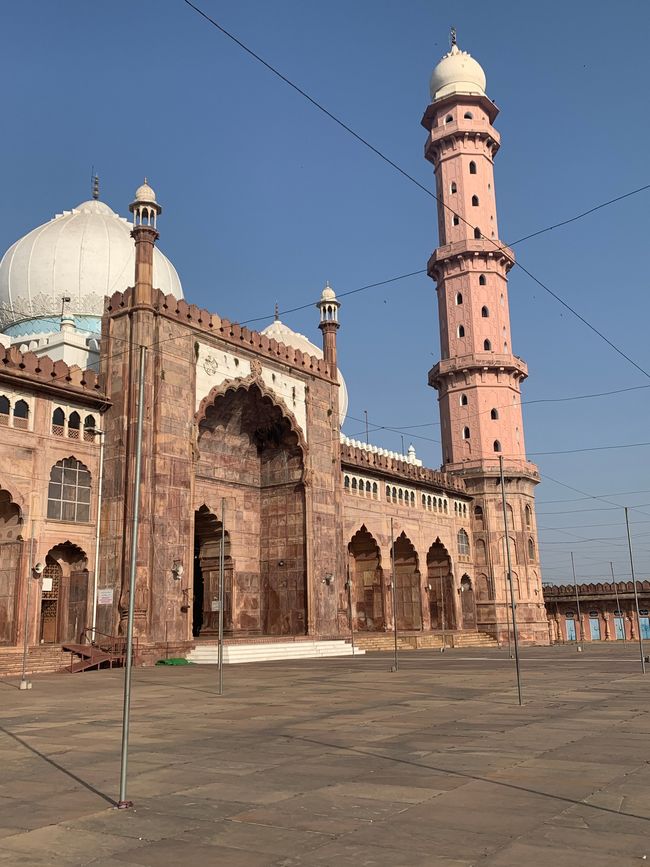
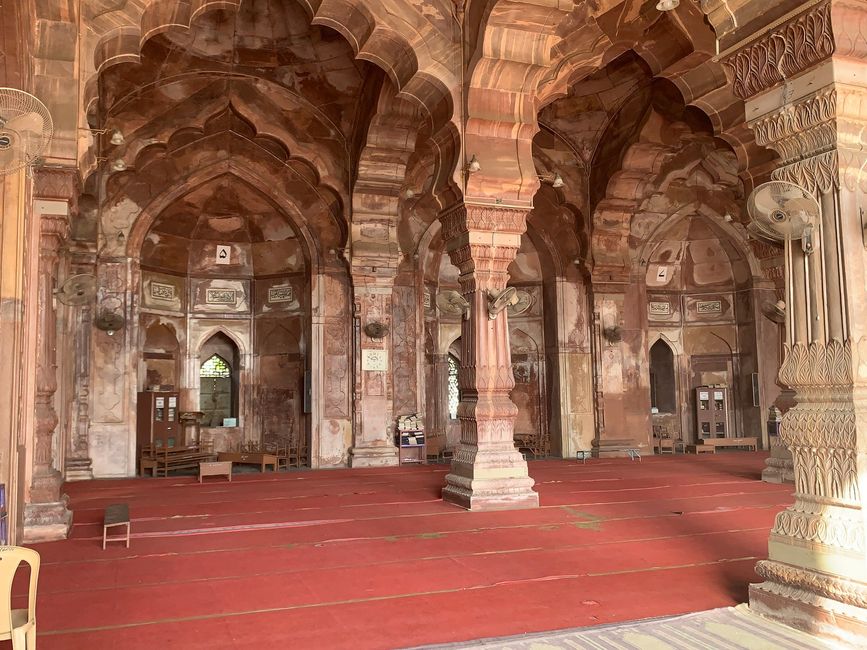
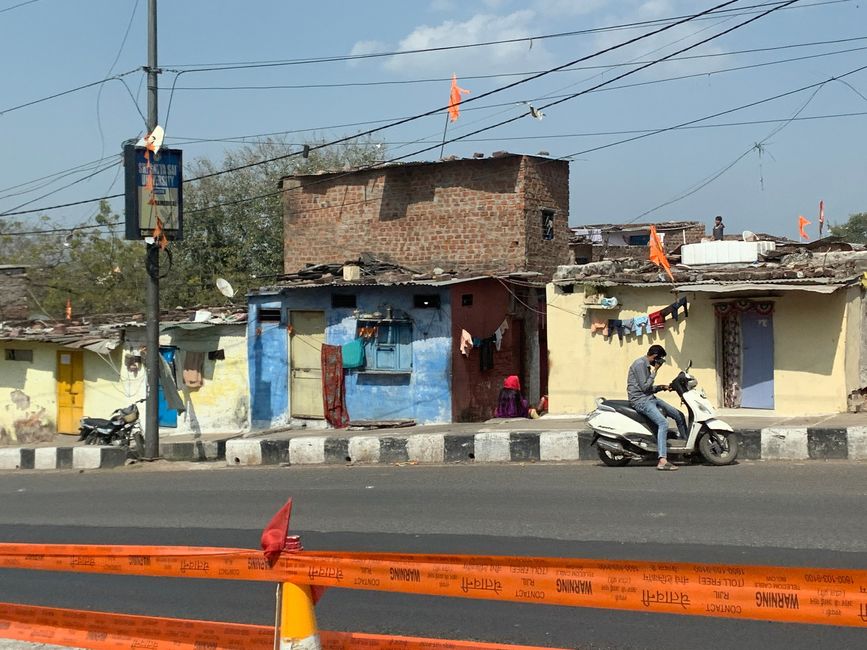
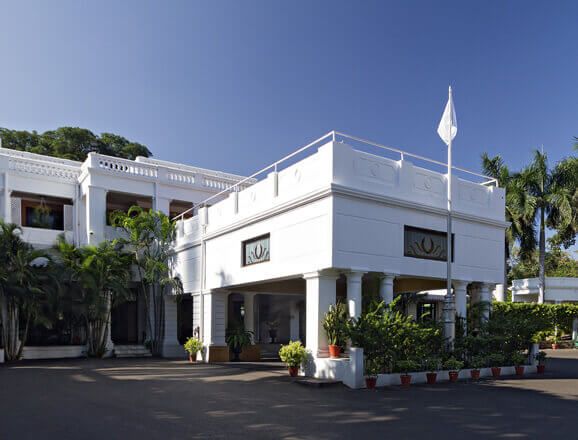
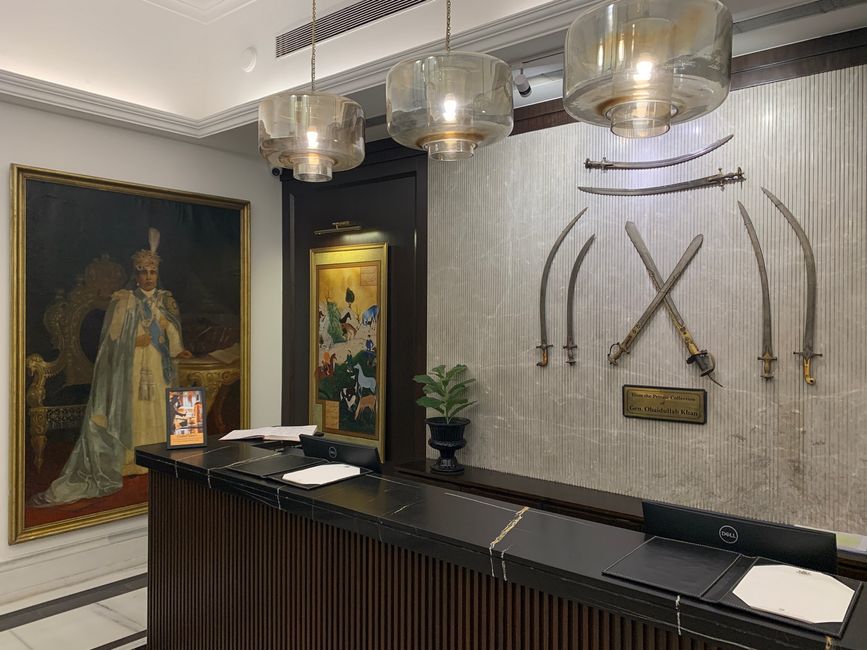

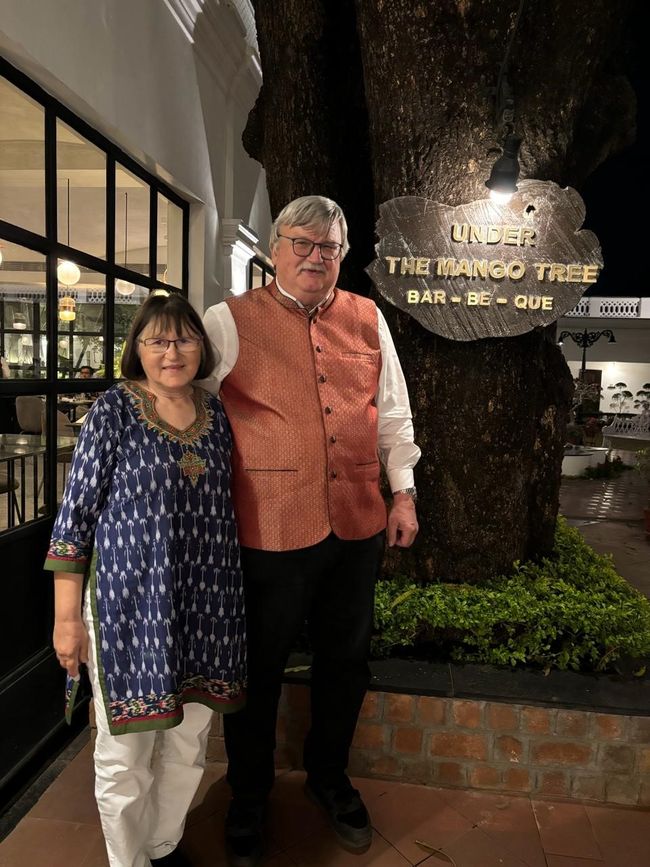
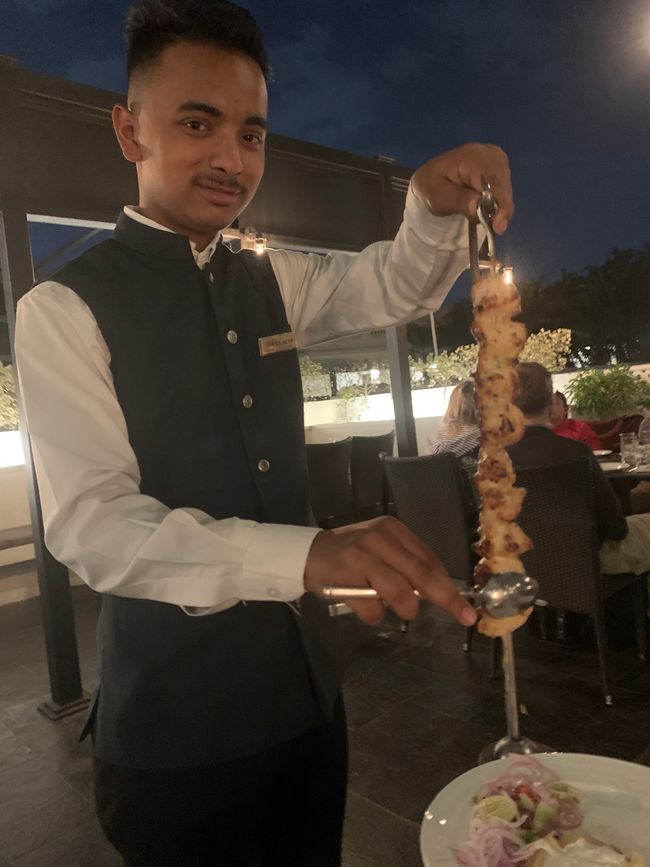
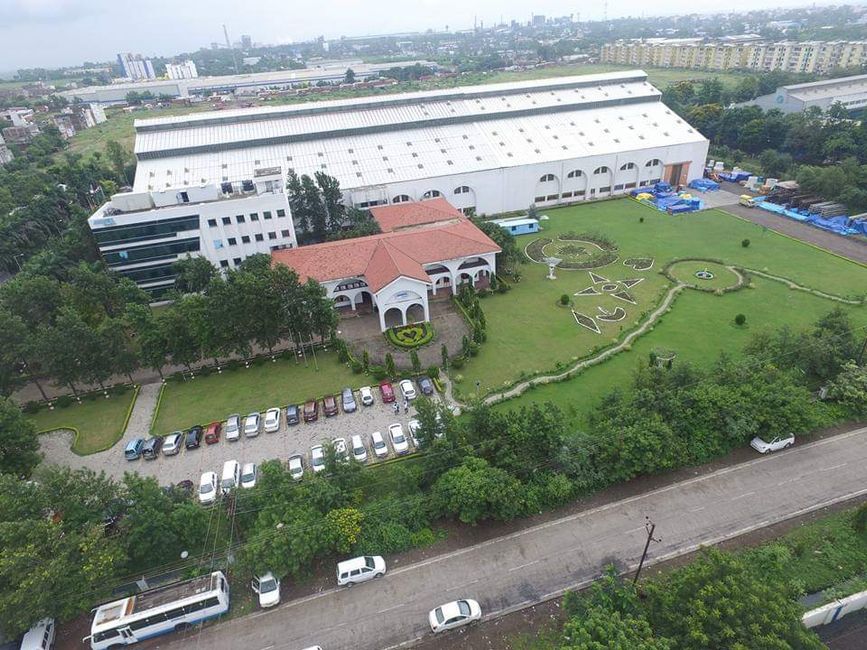
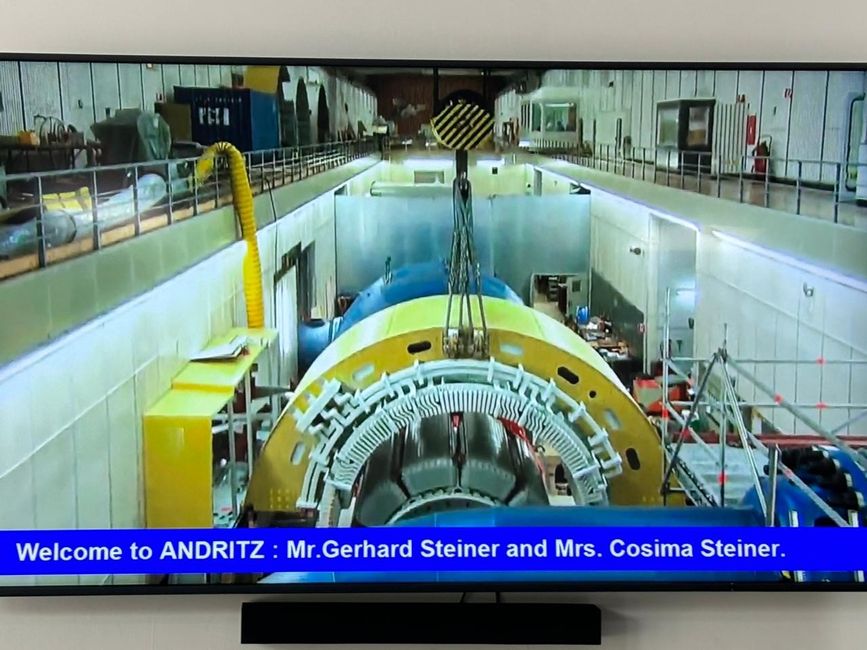
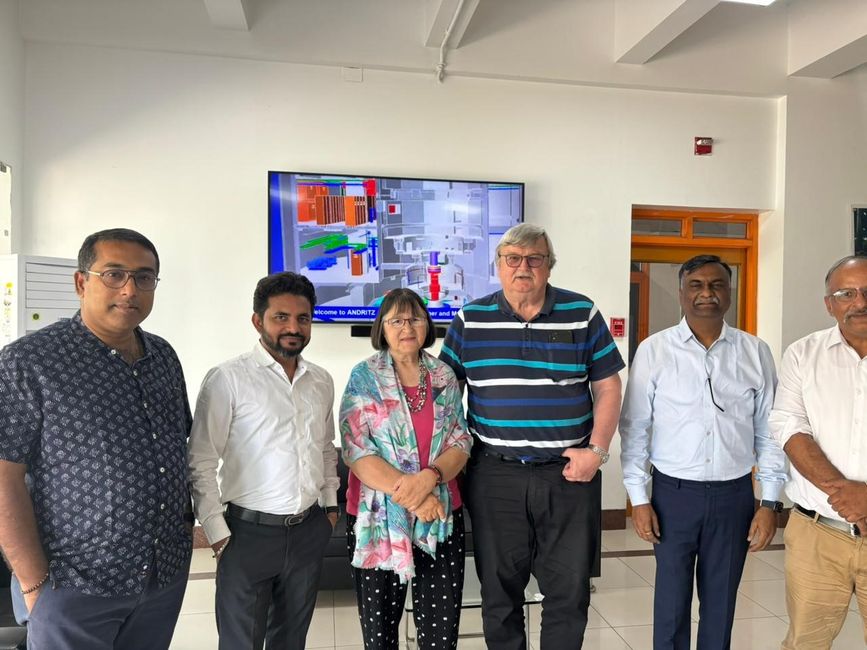
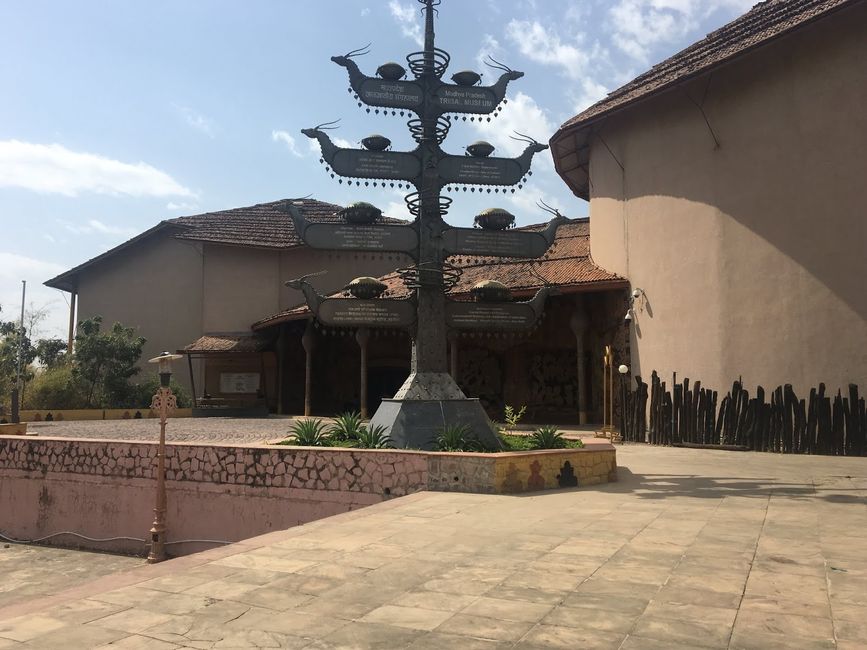
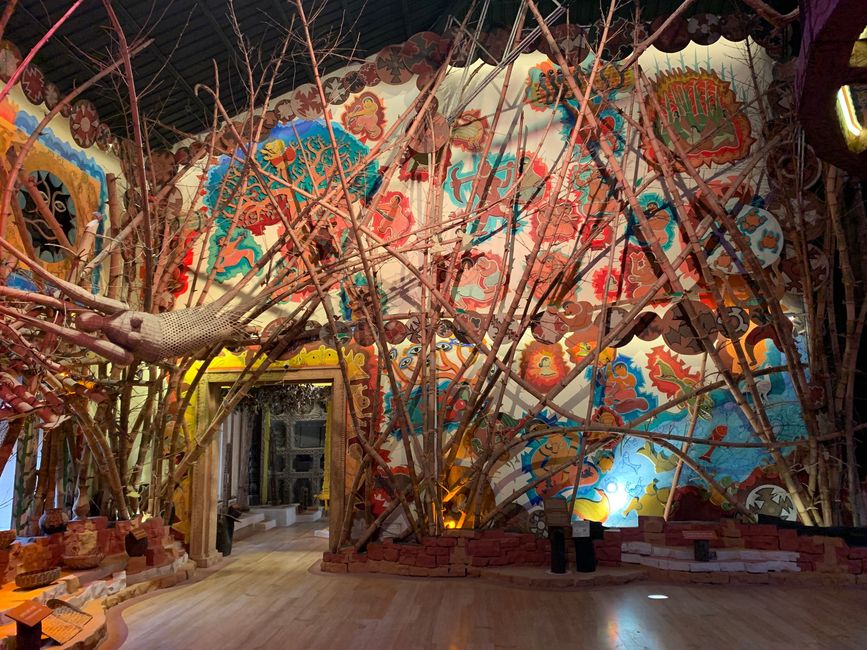

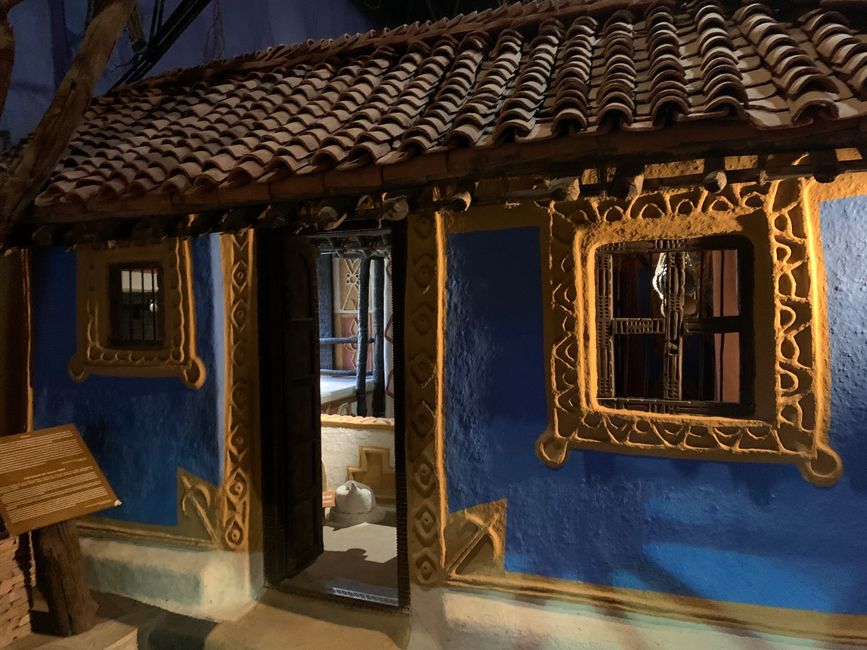

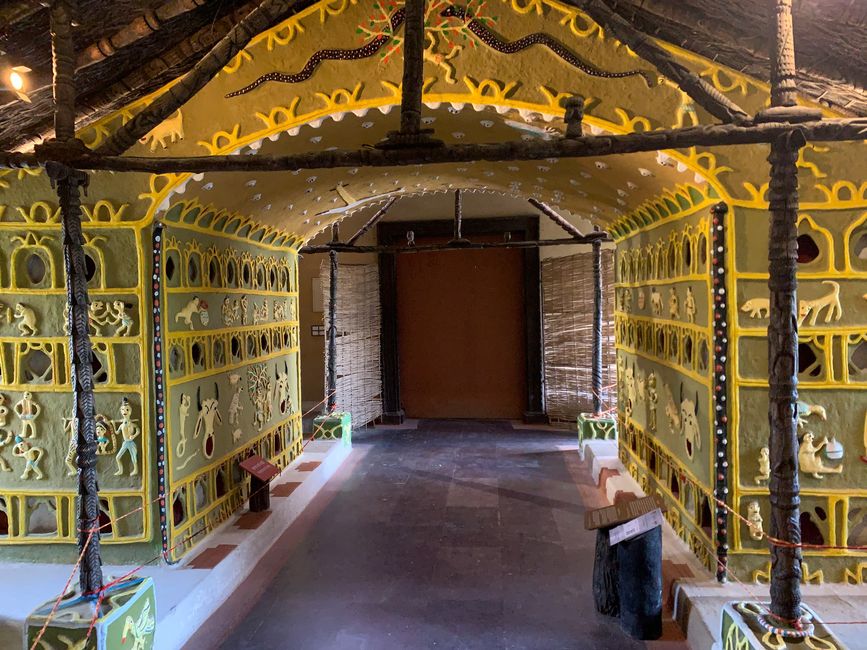
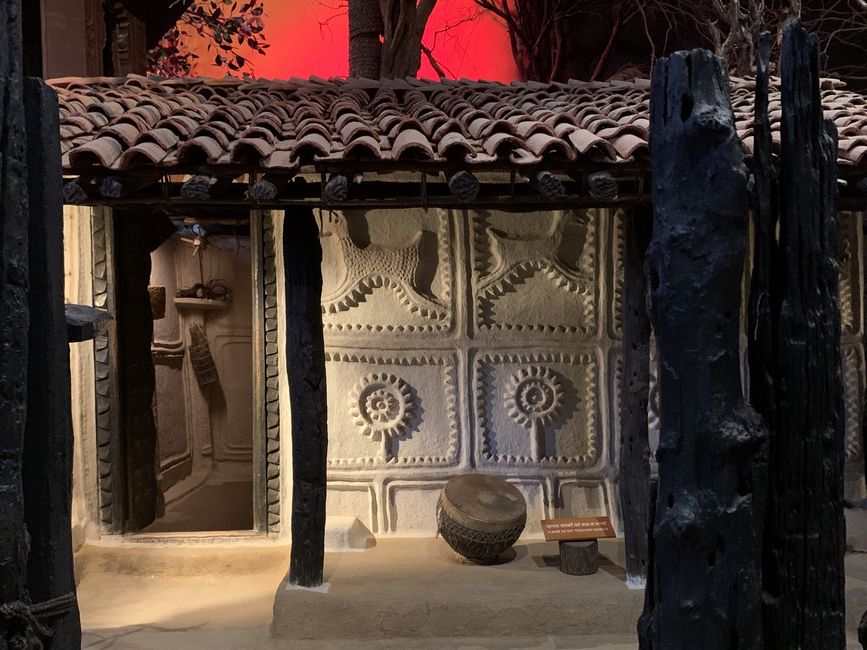
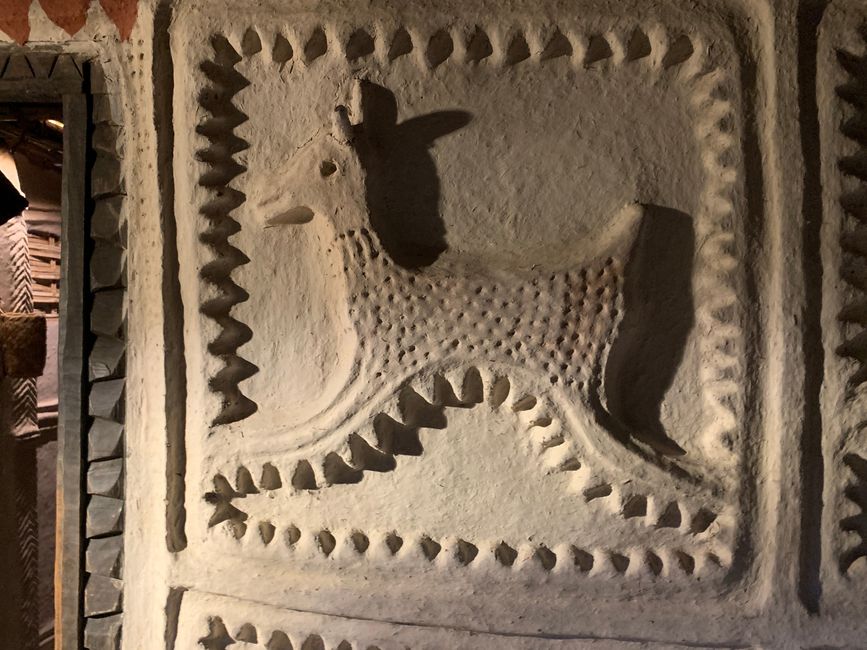
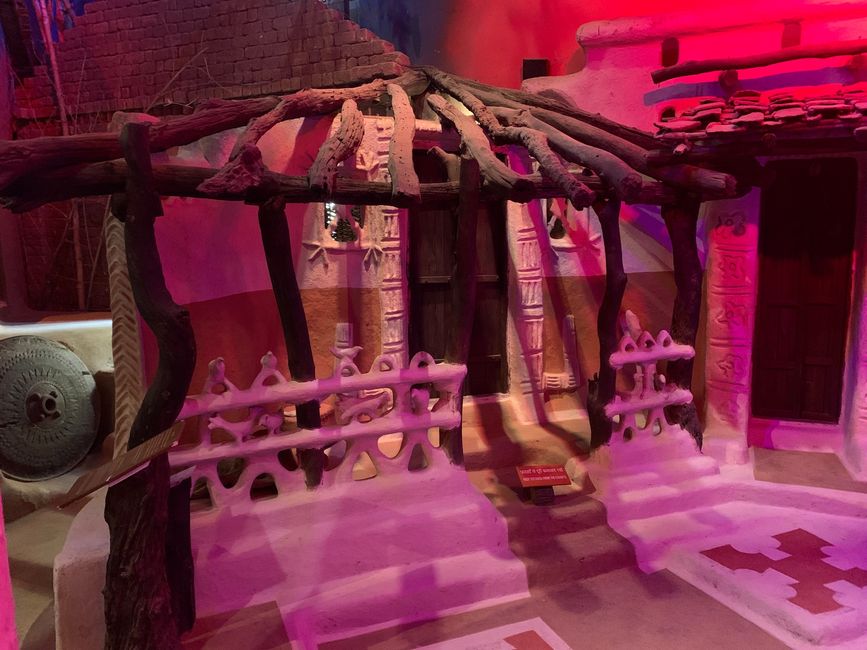
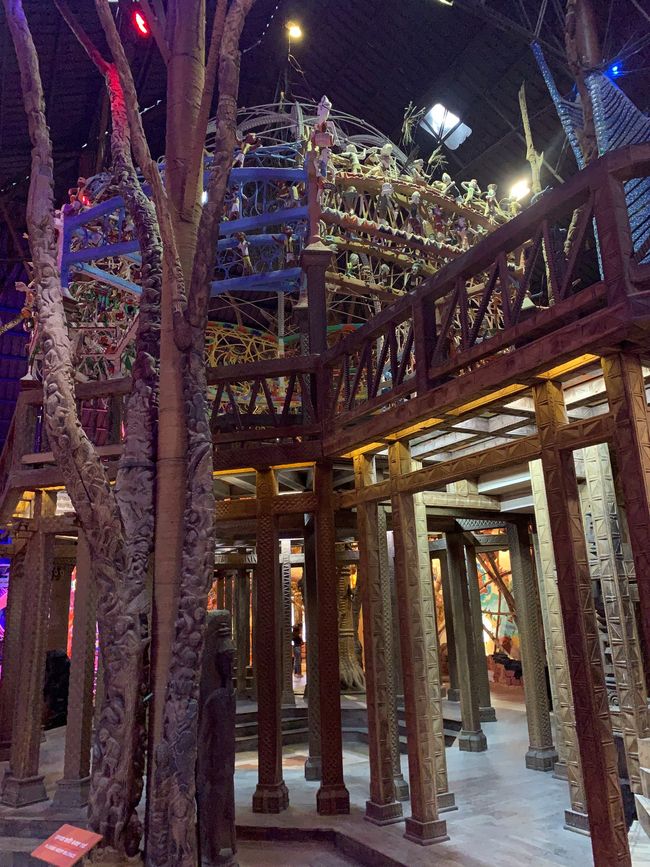
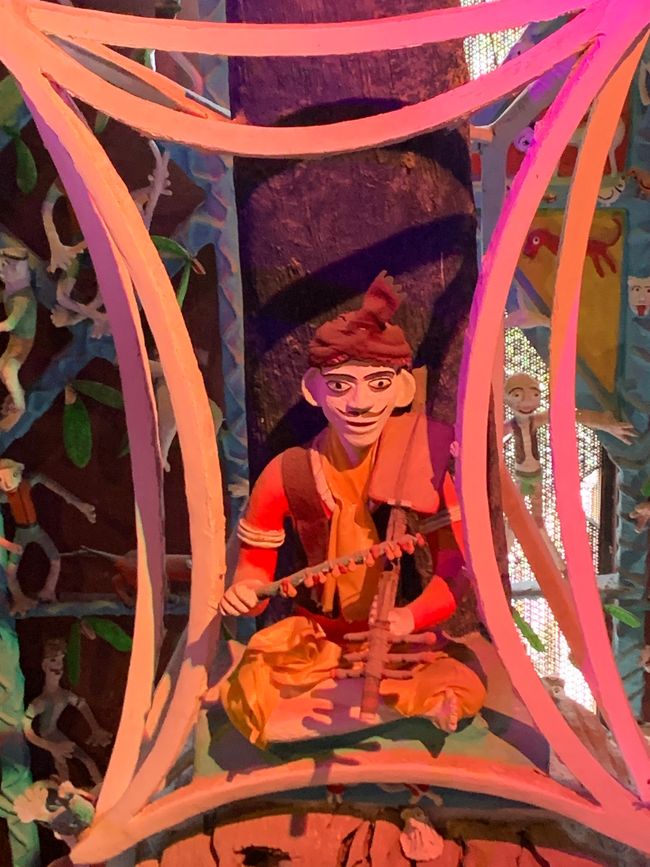
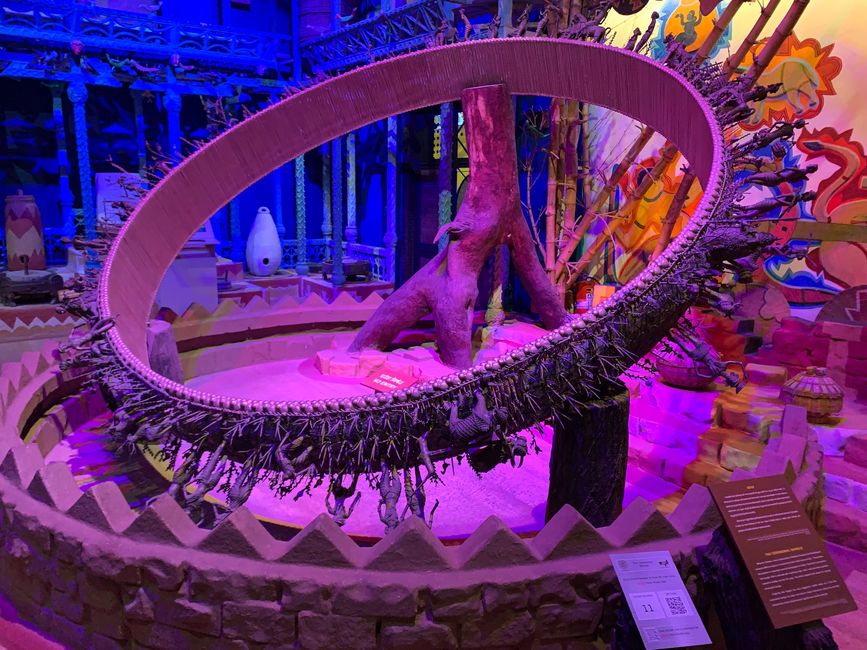
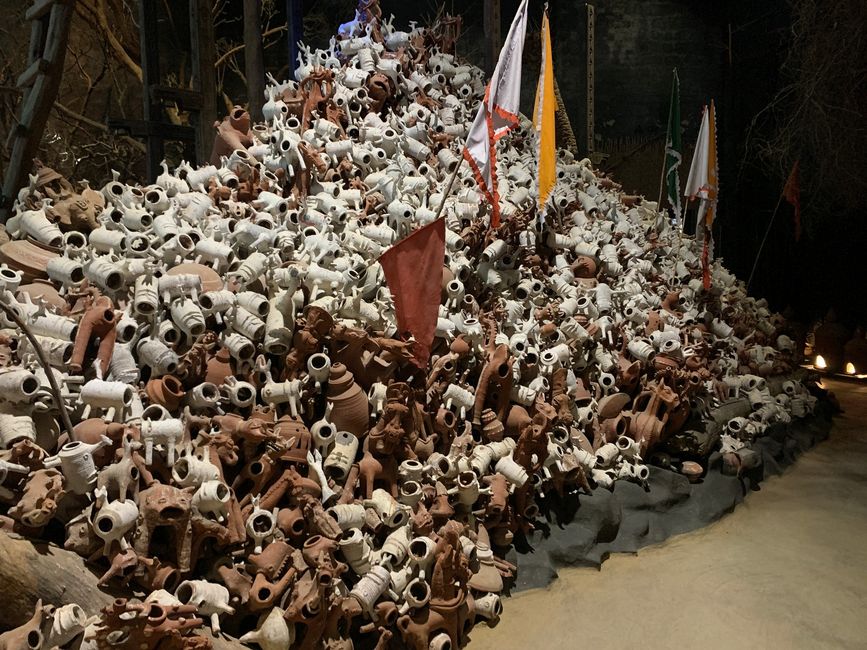
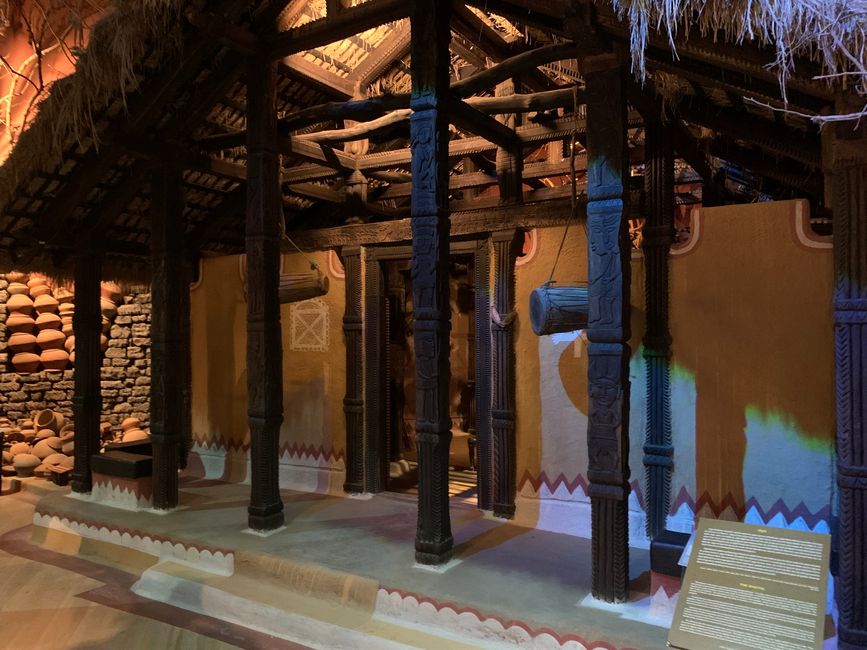
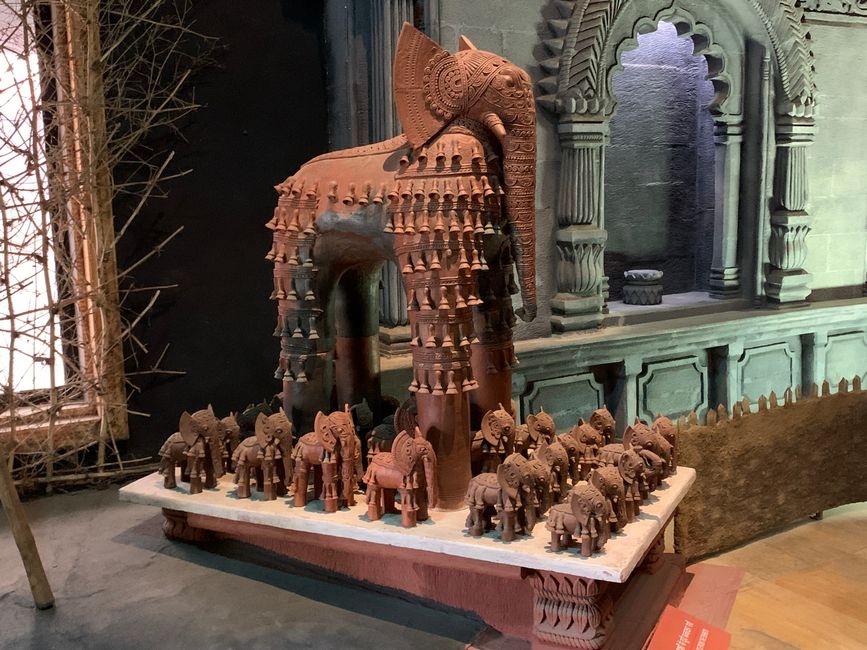
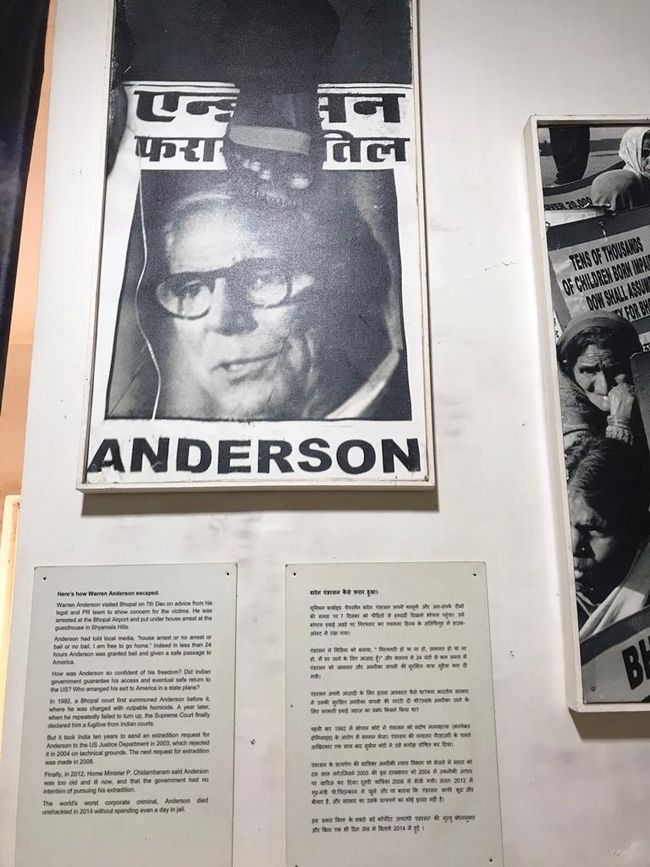
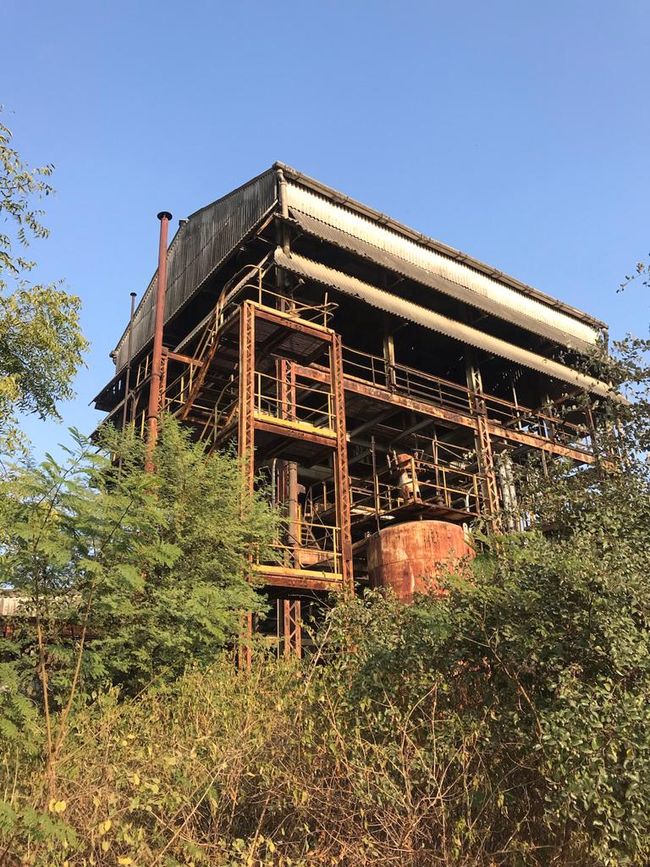
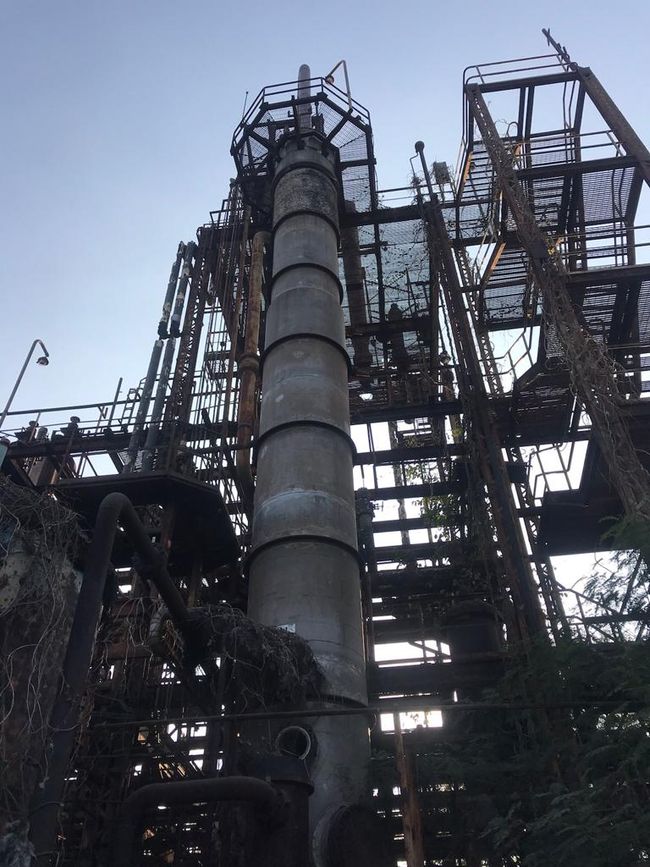
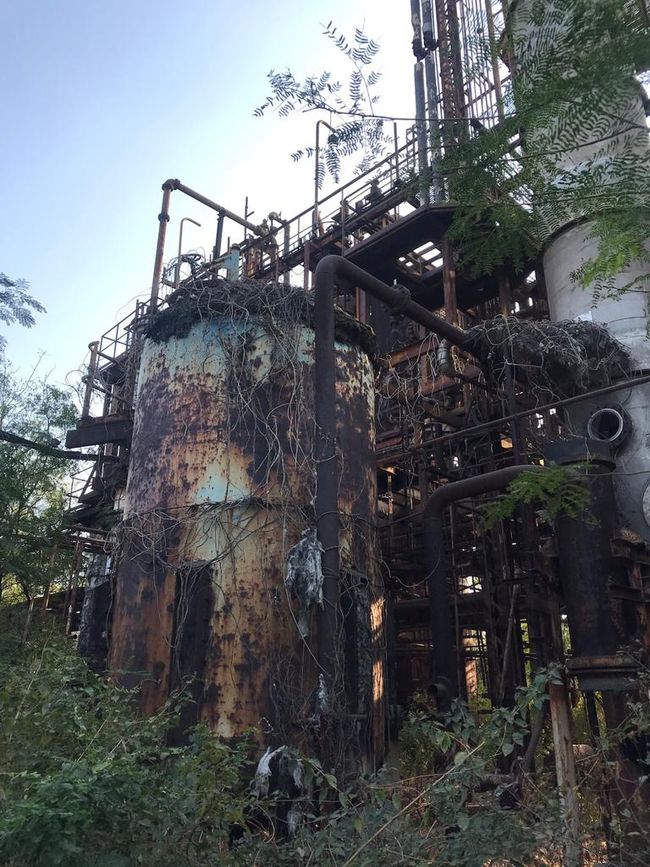
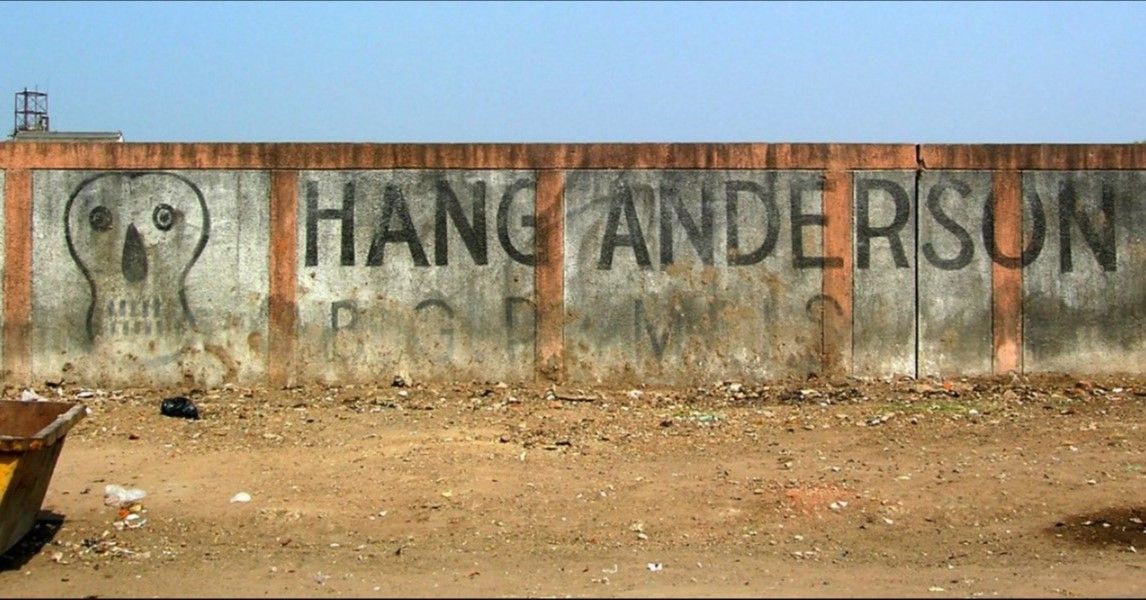
Wɔ Nudɔdɔ na Nyadzɔdzɔgbalẽ
One of the main goals of our tour through Madhya Pradesh is Bhopal - Gerhard's favorite city in India. During many business trips, he got to know Bhopal as a relatively calm Indian 'small town' (with around 2 million inhabitants).
The city has a rather glorious past. Bhopal's name goes back to the 11th century when Raja Bhoj Parmar, the King of Dhar, founded his new capital Bhojapal on the banks of the 'Upper Lakes' he had dammed. (The lake still remains the city's most important water reservoir today.) At the end of the 17th century, Dost Muhammad Khan (1672-1740), a former general of the Mughal Emperor Aurangzeb, conquered the area to establish his own state of Bhopal. In 1723, Bhopal was declared the capital of the princely state and remained so until 1956. The Islamic dynasty founded by Dost Muhammad Khan was to become one of the most important ruling families in Central India. From 1820 to 1926 (abdication of Sultan Jahan Begum in favor of her son), only women (begums) ruled Bhopal. After India's independence in 1947, the rulers of Bhopal wanted to join the Islamic state of Pakistan. However, due to geographical reasons (the Pakistani border is about 1000 km away), this would have led to a small enclave within India. It was not until 1949 that Bhopal was taken over by the Indian central state. The majority of the ruling family emigrated to West Pakistan. Today, 70% of Bhopal's residents are Hindi, but still, 26% are Muslims.
Most of the historic buildings and palaces in the old town are in rather poor condition, but the Indian government has been supporting the restoration of some buildings in recent years.
The construction of the grand mosque Taj-ul-Masajid was started by Nawab Shah Jahan Begum around 1870. After her death in 1901, her daughter Sultan Jahan Begum continued the construction of the mosque until her death in 1930. Due to lack of funds, the mosque was not completed, and construction was only finished in 1971 with sponsorship from Qatar. The Taj-ul-Masajid is largely inspired by Mughal architecture.
Bhopal also showcases the often extreme contrasts in India - the 'Jehan Numa Palace Hotel' is certainly one of the beautiful sides. The Jehan Numa Palace was built in 1890 by General Obaidullah Khan, the son of Nawab Sultan Jehan Begum. Since 1983, it has been a beautiful hotel in the Indo-British colonial style. You almost expect King Charles to turn a corner at any moment.
Fortunately, Gerhard's favorite Indian dish 'Murgh Malai Tikka' from the tandoori is still served in the previously even more atmospheric restaurant 'Under the Mango Tree'.
Of course, we also visit the large ANDRITZ Hydro plant in Mandideep, an industrial zone in Bhopal. The welcome from the old colleagues is very friendly, and a short presentation by the purchasing department, given by A.J. Nakhate, almost takes Gerhard back to the 'good old times'. The two managing directors, Ravindra G. and P. Khurana, also take the time to have a conversation with us.
Despite frequent visits to Bhopal in the past, this time we first visit the 'Madhya Pradesh Tribal Museum'. Even today, 43 active tribes are officially recognized in Madhya Pradesh. The museum, which opened in 2013, mainly showcases the culture, art, and architecture of the seven most important tribes: Gond, Bhil, Bharia, Sahariya, Korku, Kol, and Baiga. Definitely worth a visit!
In Europe, Bhopal became infamous for the chemical disaster of 1984. The incident at the Union Carbide (UC) plant, which was actually not that dramatic, turned into a gigantic catastrophe due to attempted cover-ups and complete incompetence of the operator and authorities. The disaster resulted in about 20,000 deaths and long-term effects on the population. Warren Anderson, the then CEO of Union Carbide, who was aware of the plant's problems but did nothing about it, managed to flee India shortly after the incident with a ridiculous bail amount. Despite various extradition requests from India, he never returned. He passed away in Florida in 2014. The contaminated facilities, which UC "donated" to the Indian government, still stand in the city, and only a small portion of the $690 million compensation from UC to India reached Bhopal.
These photos are not ours - our guide took them during an illegal visit to the site, which was done at the special request of a US tourist.
Wɔ Nudɔdɔ na Nyadzɔdzɔgbalẽ
Ŋuɖoɖo
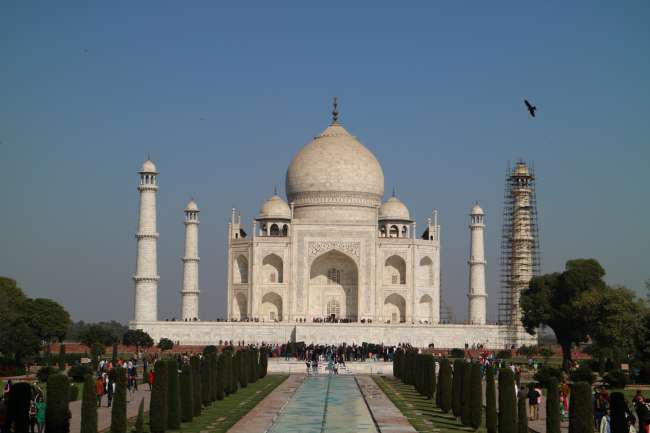
Mɔzɔzɔ ŋuti nyatakakawo India
